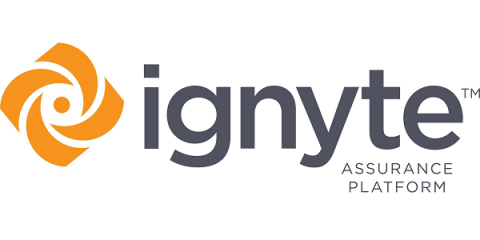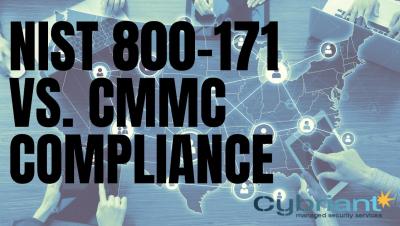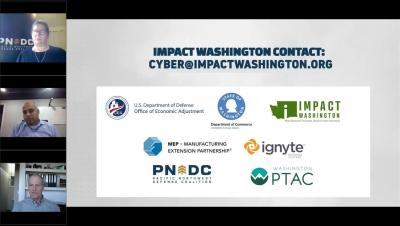Security | Threat Detection | Cyberattacks | DevSecOps | Compliance
November 2020
Egnyte for Life Sciences: A Unified Platform for Regulatory Compliance, Remote Collaboration, and Data Governance
Today marks the release of Egnyte for Life Sciences, a unified data collaboration platform to serve those advancing the science of health. In recent years, Egnyte’s team of industry veterans has listened closely to companies, customizing solutions to ensure regulatory compliance, improve collaboration, and provide more control over your company’s most valuable asset: data. Regulatory Compliance
7 Challenges that Stand in the Way of Your Compliance Efforts
Compliance is very important to any organization. Organizations have many standards to choose from including PCI, CIS, NIST and so on. Oftentimes, there are also multiple regulations that are applicable in any country. So, organizations need to commit some time and resources in order to apply security standards and achieve compliance. Even so, organizations encounter challenges when it comes to maintaining their compliance with security controls for their workflows, processes and policies.
DoD Interim Rule
On September 29, 2020, the U.S. Department of Defense (DoD) released an interim rule titled Assessing Contractor Implementation of Cybersecurity Requirements (Defense Federal Acquisition Regulation Supplement (DFARS) Case 2019-D041). The rule amends the DFARS, and at the same time, implements the DoD Cybersecurity Maturity Model Certification (CMMC) program.
NIST 800-171 vs. CMMC Compliance
What is Policy Compliance? Four Tips to Help You Succeed
Policy compliance within the information security space can be an exhausting concept to wrap our heads around. Writing a policy document, publishing it to staff and then staying hands-on to ensure it is followed in perpetuity is easily seen as an arduous, if not an impossible, task. Policies set the basis for every successful information security initiative.
Mastering Compliance in M365 Cloud Office Environments
With the explosive growth of Microsoft 365, many companies are suddenly experiencing content sprawl at an unprecedented rate. What is content sprawl? It’s when your employees create unstructured content (files, chats, video) in the course of their workday, which then gets stored in multiple repositories, like SharePoint and OneDrive. Accelerate that in the context of a remote workforce, and you suddenly have content sprawling all over the place.
Business Continuity Planning: How to create an effective business continuity plan for 2021
What if all your employees lost access to their data and tools right now? What if every platform you use to communicate with your staff and your customers went down right now? Companies rarely get an advanced warning that a disaster is about to strike. There is no time to prepare, and no time to protect your company from the fallout. That time has passed, and for companies without a business continuity plan, all that is left to do is lament how poorly prepared they were.









